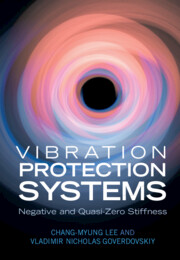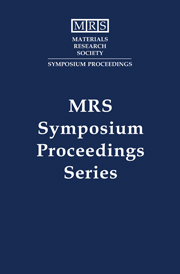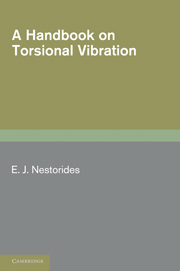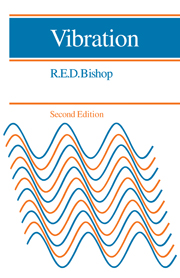Vibration Protection Systems
Design and deploy advanced vibration protection systems based on elastic composites under post-buckling, with this essential reference. Methods for designing vibration protection systems with negative and quasi-zero stiffness are formulated, explained, and demonstrated in practice. All key steps of the system design are covered, including the type and number synthesis, modelling and studying of stress-strain state under post-buckling of elastic composite designs, chaotic dynamics and stability conditions, real-time dimensioning, and active motion control. In addition to coverage of underlying theory, the use in helicopters, buses, railroad vehicles, construction equipment and agricultural machinery are included. An excellent reference for researchers and practicing engineers, as well as a tutorial for university students and professors with an interest in study, development and application of alternative methods of vibration protection anywhere.
- Embraces key methods for designing special vibration protection systems with negative and quasi-zero stiffness
- Provides methods and design sampling to elucidate a design process, making this more conscious, science-based, and less heuristic
- Suitable as a reference for researchers and engineering professionals in the aerospace, automotive, railroad, biomedical, instrument-making and other industries with an interest in development and application of alternative methods of vibration protection
Reviews & endorsements
'This book will be a useful addition to a mechanical engineering collection, especially one with specialized focus on transport and/or vehicle design. … Recommended.' P. Larsen, Choice
Product details
November 2021Adobe eBook Reader
9781108883276
0 pages
This ISBN is for an eBook version which is distributed on our behalf by a third party.
Table of Contents
- Preface
- Acknowledgements
- Some end-to-end acronyms and nomenclatures
- 1. Vibrations destroying inside and outside the man-machine systems
- 2. Vibration protection systems with negative and quasi-zero stiffness: developmental trends and theory baseline
- 3. Modeling of elastic nonlinear buckling in large and dimensioning the mechanisms with negative stiffness
- 4. The type and number synthesis of the function-generating mechanisms
- 5. Dynamics of systems with sign-changing stiffness. Chaotic vibration motion and stability conditions
- 6. Dynamics of systems with sign-changing stiffness. Damping control
- 7. Dynamics of systems with sign-changing stiffness. Features of active motion control
- 8. Methods of experimental study of vibration protection systems with negative and quasi-zero stiffness
- 9. In harmony with conventional vibration protection systems
- 10. Development and use of vibration protection systems with negative and quasi-zero stiffness: practice and prospects
- Index.






